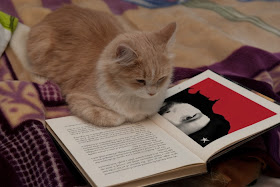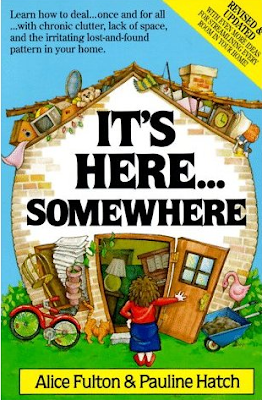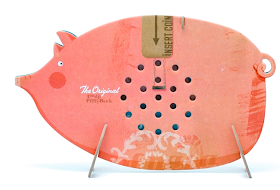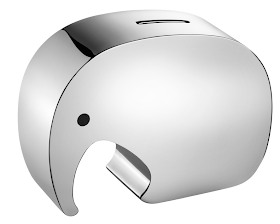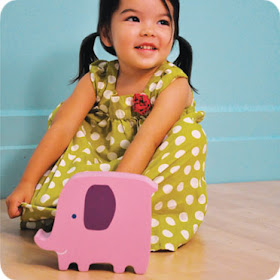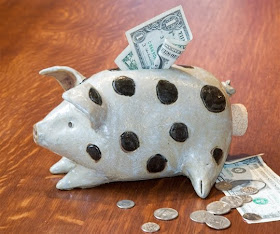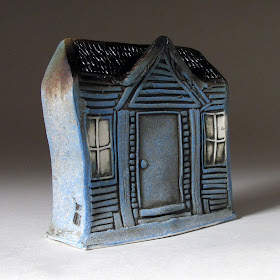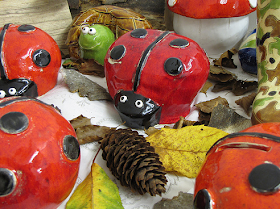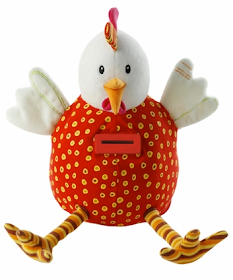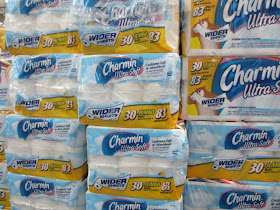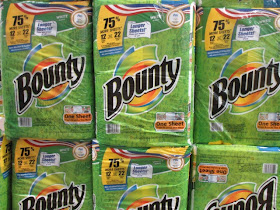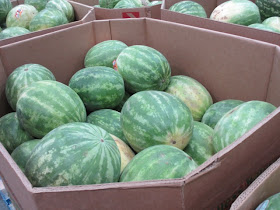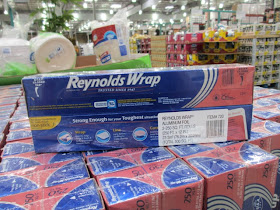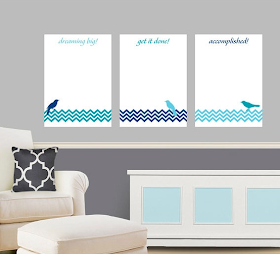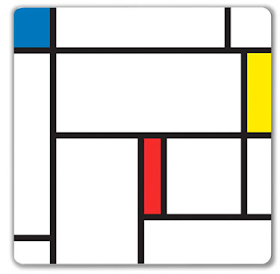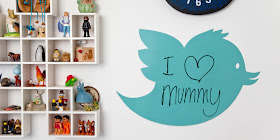 Plunger from Alice Supply Co.
Trust me (because, unfortunately, I know) it is mortifying to experience a clogged toilet as a guest at, say, your boyfriend's parents' house and then to find no plunger anywhere. Much worse than being visually reminded of reality by a plunger is to be unprepared when reality inevitably strikes. —Graefix, on Apartment Therapy
Plunger from Alice Supply Co.
Trust me (because, unfortunately, I know) it is mortifying to experience a clogged toilet as a guest at, say, your boyfriend's parents' house and then to find no plunger anywhere. Much worse than being visually reminded of reality by a plunger is to be unprepared when reality inevitably strikes. —Graefix, on Apartment Therapy
Most of us (at least in the U.S.) own a plunger — and sometimes storing it can be a challenge, especially if you want to keep it close at hand in the bathroom. My
last post provided one idea; let me give you a few more.

The most common storage option I'm seeing is something along the lines of this one from
Simple Human: a plunger that comes with a "housing to neatly hide the plunger out of sight." You can find similar products from
OXO, and there's also the Waxman
Hide-a-Plunger. Some products will hold both a plunger and a toilet brush, like this one from
Polder. While many of these come with a plunger, Interdesign has a
plunger house that comes
without a plunger; it's a good option if you already have a good plunger, and don't really want a new one that might not work as well for you.
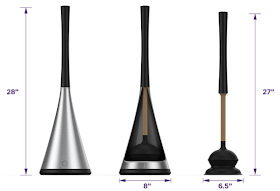
If you're willing to wait a bit, the
Nautilus plunger from Quirky, which comes with a base, is going into production.

And take a look at
Plungees, "the pretty plunger in a box." There are a number of designs: metallic, mirrored, and more. And then there's the custom line, which includes these birdhouse designs. The birdhouses are pricey, at $199 each, but some of the other designs are much less costly.
Note: I was seeing problems with the online shopping cart, so you might want to just call the vendor if you're interested in any of these.

There are other designs, too — like these
taller receptacles from Taymor, where the plunger is attached to the lid. There's a
stainless steel version and
coated oil rubbed bronze version, both of which get mixed reviews on Amazon.com.

A somewhat-similar product is the
Sani-Plunge: an 18-inch tall receptacle that holds the plunger that comes with it. In this product, the lid is
not attached to the plunger.
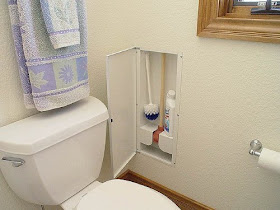
The
Hy-Dit takes a totally different approach; it's an in-wall toilet plunger storage cabinet. You can buy it many places, including
Amazon.com.
Don't want to buy a plunger-specific product? You could also use something like a decorative planter, as
Crystal Ray suggests.

And if you want to minimize the yuckiness factor, you could consider the
Rubbermaid Clean and Dry Plunger; see the review from
Unclutterer.

